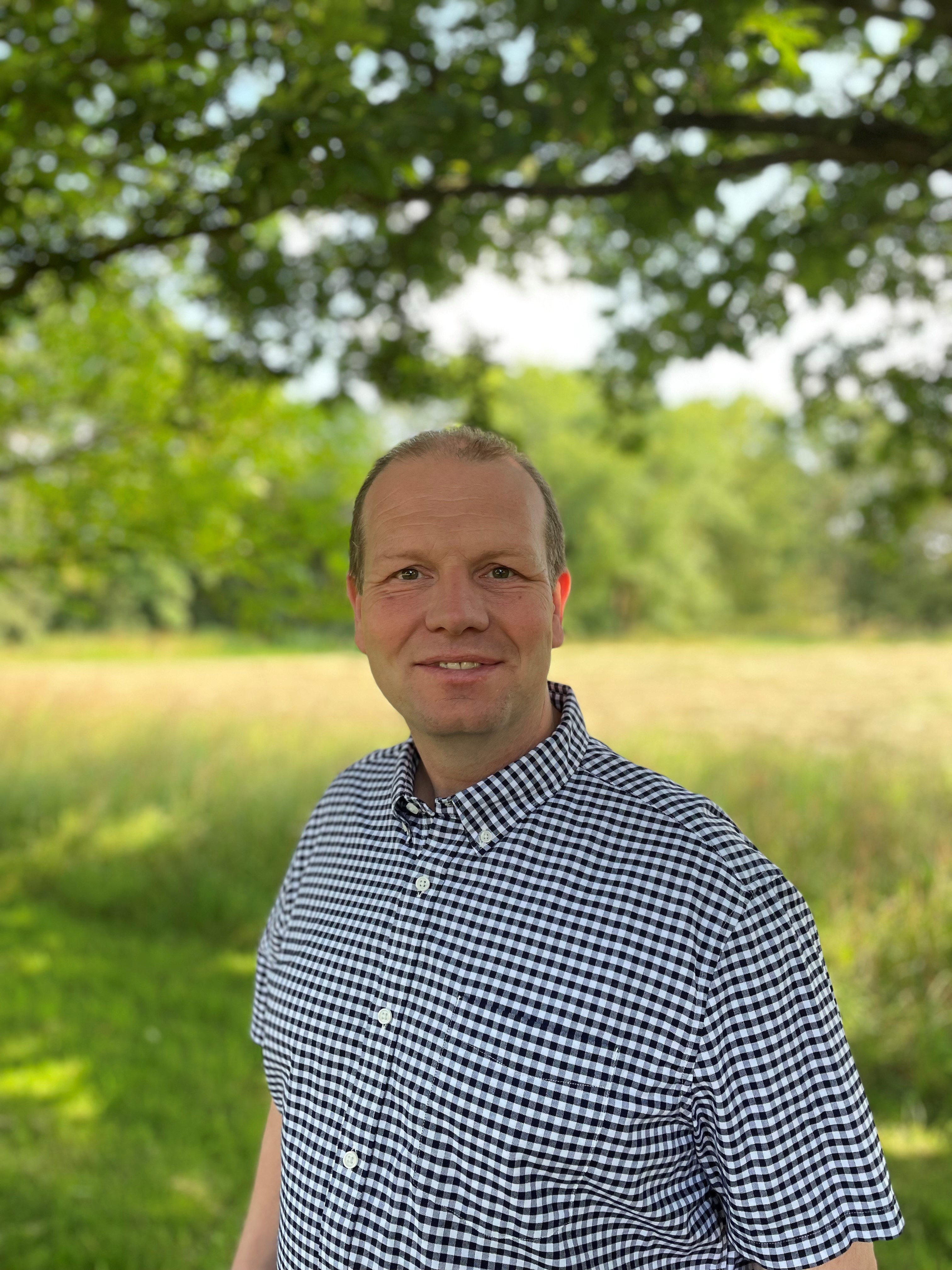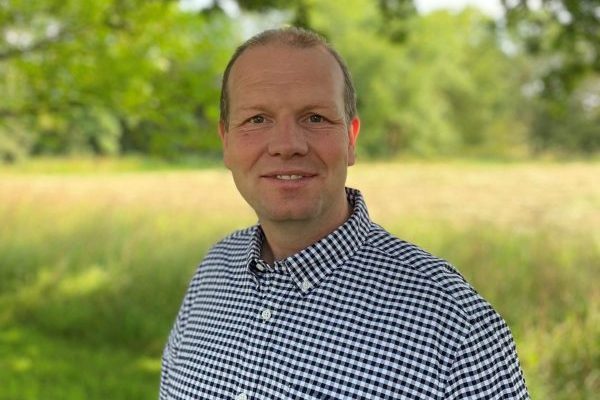 Like many, I use livestock manures to replace artificial products to save money and to build healthier, more biologically improved soil. Back in 2018, when the Farming Rules for Water came into effect, the changes to how and where we could use organic material and artificial fertiliser took shape.
Like many, I use livestock manures to replace artificial products to save money and to build healthier, more biologically improved soil. Back in 2018, when the Farming Rules for Water came into effect, the changes to how and where we could use organic material and artificial fertiliser took shape.
But recent headlines have been dominated by the Environment Agency publishing a Regulatory Position Statement for manure and slurry spreading, where guidance rules have been changed to PRS 252 so farmers can spread in the autumn, provided there is a crop or soil health need and no risk of water pollution. So far – nothing new. For arable farmers, autumn application has always been the easiest option as soils are normally at their driest.
But for many farmers, the rules announced in 2018 remain poorly communicated and the pace of keeping up with changing regulation feels tireless. For me, learning to keep afloat started with an awareness of how to mitigate the loss of soil nutrients – and the answer was in cover crops.
Cover crops – or catch crops – have helped to build organic matter, fixing many of the residual nutrients back into the soil and recycling nutrients for the following spring crop. In the process, I avoid having bare soil over the winter, so I don’t risk losing valuable nutrients. This is a huge benefit to my crops, but also to the surrounding environment – as lost nutrients polluting nearby watercourses would become someone else’s problem to clean up.
Despite water companies around the UK recognising the benefits of cover crops, much of the research isn’t widely understood. Even RB209 failed to include it in its fertiliser recommendations. But as I quickly learned, the results speak for themselves. By testing our soil, I found our cover crops were holding up to 120kg/ha of nitrogen – much of which would have been lost without soil cover over the winter months.
We sow our cover crops as soon after harvest as possible, so we minimise the length of time the soil is bare. We use a minimum of three and up to 10-12 different species, with each seed mix chosen depending on the length of time we will grow it – whether it’s an autumn sown crop or growing until spring – and if we will have the chance to graze it with livestock.
Different seeds have different strengths: deep-rooting crops help improve the structure of compacted soil. Some are better at scavenging nutrients. Others for storing nitrogen. By choosing seeds by a specific need, we can make a mixture to get best value for money – with our end goal always being to improve soil conditions, build soil organic matter and provide nutrient catchment.
As the focus on the benefits of cover crops continues, is it about time the royalties charged on seed is updated? If I use some of my own home-saved seeds to add to a cover crop mix, should that seed have a royalty paid on it? If I added a few kilograms of beans or peas into a mix to help fix nitrogen, should it be declared? Where a cover crop is grown and not harvested, should we be paying royalties at the same rate to the breeder as royalty that goes to improve future varieties of a wheat crop?
I’m all for contributing fairly so breeders can invest in research to give us the best new varieties, but the current rules are only encouraging a “black market” of seeds. As a regenerative farmer, when I’m looking to buy new seed varieties or replacement seeds, I find it really hard to source those that have been grown on a regenerative farm. I farm on Hanslope series clay and finding new seed that has been grown on similar soil is proving hard to identify.
Bringing in seed that has been grown on a chalky soil or on fenland soil doesn’t give it the best start if I introduce it to our soil. It would be helpful if seed companies in the future could identify the ‘where’ and ‘how’ the seeds they supply are grown, so we can identify those that has been grown in a similar farming system.
As it stands, I remain a cover crop convert – this practical way of building soil health can reduce our carbon footprint, reduce damage to water and air, protect our soils from erosion and increase biodiversity. It’s a win-win.
Martin Lines is an arable farmer and contractor in South Cambridgeshire with more than 500ha of arable land in his care. His special interest is in farm conservation management and demonstrating that farmers can profitably produce food in harmony with nature and the environment. He’s also chair of the Nature Friendly Farming Network UK.
@LinesMartin
martin.lines@nffn.org.uk




